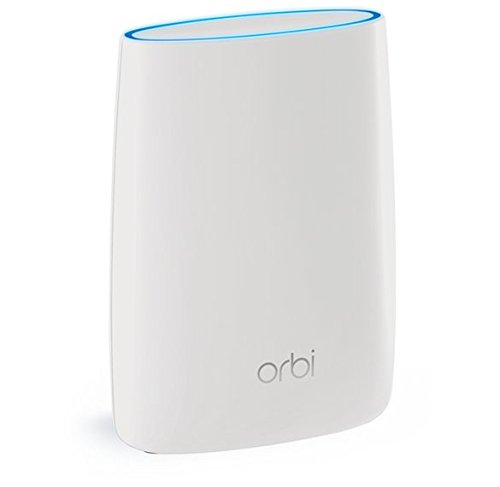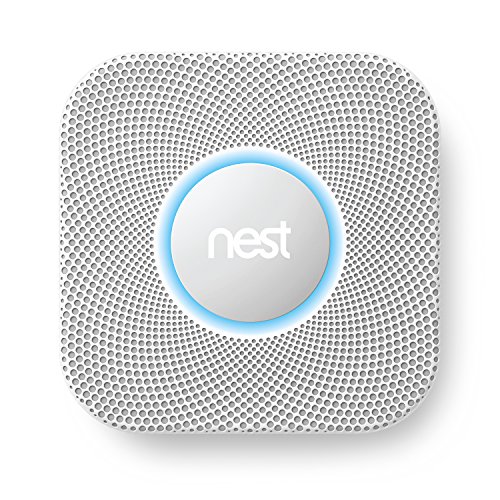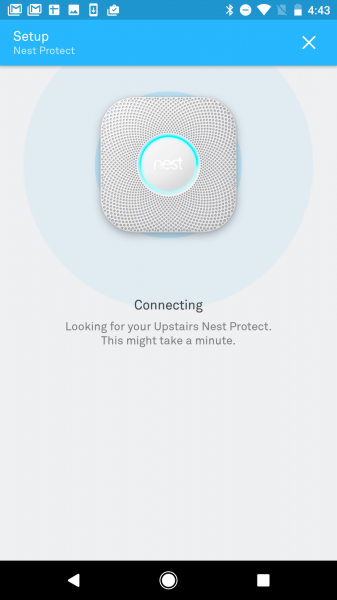When we installed the NETGEAR Orbi as our main Wi-Fi router, we found that our Nest Protect units no longer could communicate back to Nest servers and we had lost the ability to access and control the Nest Protect.
To see what was going on, we downloaded and installed the Nest App on the Google Pixel.


After logging into the Nest App with our Nest account, we kept the Google Pixel as our main device used for Nest Home/Away Assist.




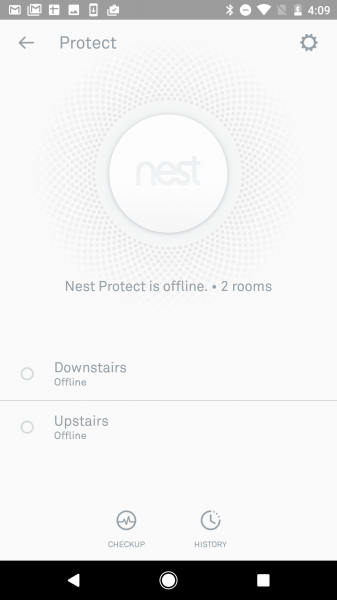
Even though the Nest Protect was offline and not connected to the Wi-Fi network, we could still perform a manual sound check, presumably over Bluetooth.
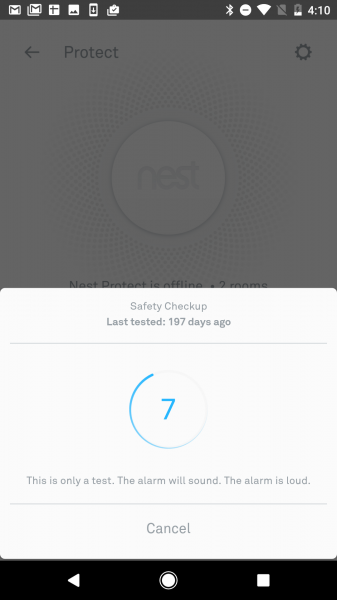

Seeing that everything was offline, we looked for ways to get the Nest Protect to rejoin the network and followed Nest recommendations on first trying to just use the same Wi-Fi SSID and password that was used before to connect the Nest Protect but that didn't work.






We also then removed the Nest Protect from our Nest account to try and start afresh.


With no Nest Protect units associated with our Nest account, we tried to pair the Nest Protect through the Nest App.




However despite numerous attempts, the Nest Protect was not able to connect to the Wi-Fi network set up by the NETGEAR Orbi.


After being able to set up the Nest Protect through our Google Pixel acting as its own Wi-Fi access point, we suspected the NETGEAR Orbi was having compatibility issues with the Nest Protect even though the Orbi had the most recent firmware updates.
We then set up an older Airport Express we had lying around to act as another Wi-Fi router in the home and started the Nest Protect setup process again with this router.







This time the Nest Protect was able to successfully continue with the Wi-Fi network setup and we were able to connect it to the local Wi-Fi network.






Once the setup process was complete, we then ran into another issue related to the batteries. Even though we had only used the Nest Protect for less than a year, the Nest App was reporting that the backup batteries that had come with the Protect needed to be replaced. The Nest Protect would loudly make these alerts in the middle of the night warning that the batteries needed to be replaced.


At first we tried replacing the batteries with Duracell ones, but apparently, the Nest Protect requires that only Energizer Ultimate Lithium AA batteries (L91) to be used and we had to go out and buy this more expensive model while unhappy that it only lasted for less than a year as a backup battery.
We replaced the Duracell batteries with the required Energizer Ultimate Lithium AA ones and the Nest App no longer reported having battery issues.


However, previously Nest was reporting that both Nest Protect units had battery issues but after we only replaced one unit with the new Energizer Ultimate Lithium AA batteries, the other unit also inexplicably then reported that its own batteries were now ok. This calls into question of how accurately Nest is reporting the battery levels in its Nest Protect units which can cause a lot of inconvenience to the user especially when only a certain brand of batteries are required.
 GTrusted
GTrusted

